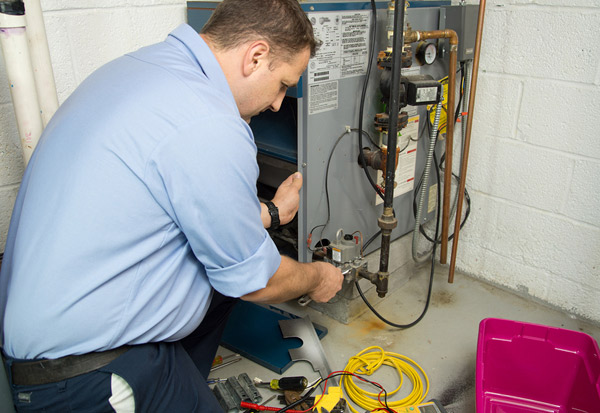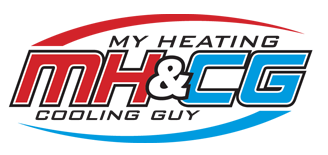
How My Gas Furnace Works
If you are a new homeowner, it’s important to have a basic knowledge of how your gas furnace works since it does a big job in your home and it’s often not thought about until it breaks. Having an understanding, even elementary, also helps you comprehend what a technician is talking about when your furnace gets its annual inspection or can help you identify potential problems with your heating system.
Three Parts to a Furnace
There are essentially three main parts to a furnace which all need to work together to keep your furnace working properly and efficiently:
- Burner (heats the air), heat exchanger (transfers the heat to the surrounding air), draft inducer and vent
- Controls and safety devices
- Air movement and blower
Starting with the Thermostat
You set the temperature on your thermostat to a desired comfort level and when the temperature goes below that temperature an electrical signal is sent from the thermostat to the furnace. A relay signals the natural gas valve to open and fuel the burners, turning both the burners and blower on and mixing the air drawn in by the cold, return-air duct.
Return-Air Duct
This duct draws in fresh air using a fan (comes from other areas of your home – larger grates found in ceilings, floors or walls) which needs to pass through a filter (which you need to change every couple of months) in order to clean the air. This air flows through the box of the furnace where it mixes with the gas and gets lit by an igniter – either the pilot light or electric igniter.
Hot Air
The ignited gas/air mixture becomes hot and rises through the heat exchanger, which is just above the burners and then is distributed throughout when the blower sends the air through your home’s ductwork. There is enough pressure that this air drawing/heating/blowing process happens very quickly.
Humidifier
Some gas furnaces have a humidifier built in which adds moisture to the heated air as it passes through the ductwork into your home, since air dries as it heats. It is connected directly to the home’s water by a small copper pipe, which slowly drips water to into the system. There is also a small pipe to allow for drainage of condensation created by the process. A humidistat is the control which allows you to adjust the humidity levels – more in winter and less in summer.
Exhaust
When air and gas combusts it produces exhaust (carbon monoxide) that must be vented outside of the home either through a vent in the side of your home, or through a chimney and flue in the roof. It is odorless, colourless and tasteless and can be fatal if not vented properly or if vents are blocked. A carbon monoxide detector is mandatory in Ontario homes.
With the basic knowledge of how your gas furnace works, it can help you determine if everything is working in tip-top shape so your home can be as comfortable and efficient as possible.
A Few Words From Our Loyal Customers
“- S. Bouchard
We hired Tyler and his team from My Heating and Cooling Guy last spring to install a new gas furnace and air conditioner to our home. Their pricing was exactly what we expected. They came to our home within a week of us calling them during their busy season. They quoted quickly and then came to install everything within a few weeks.
“- Cory Tremblay
I have always counted on My Heating & Cooling Guy, whether it's my own home or one of my rental properties. If I need a new furnace or AC unit installed, emergency service or just regular maintenance work done, Tyler, and his crew, have always been there for me... there able to trouble shoot on the fly and are always very courteous and trustworthy.
“- Rhonda Lagasse
Thank you My Heating & Cooling Guy for another job well done ! We love, love, love our new fireplace! What a difference from before to after!! It is beautiful! We have also had My Heating & Cooling Guy help us with many other home projects including removing our old, water heater and installing an efficient tankless water heater...















